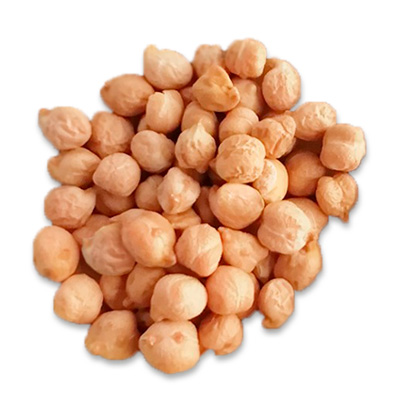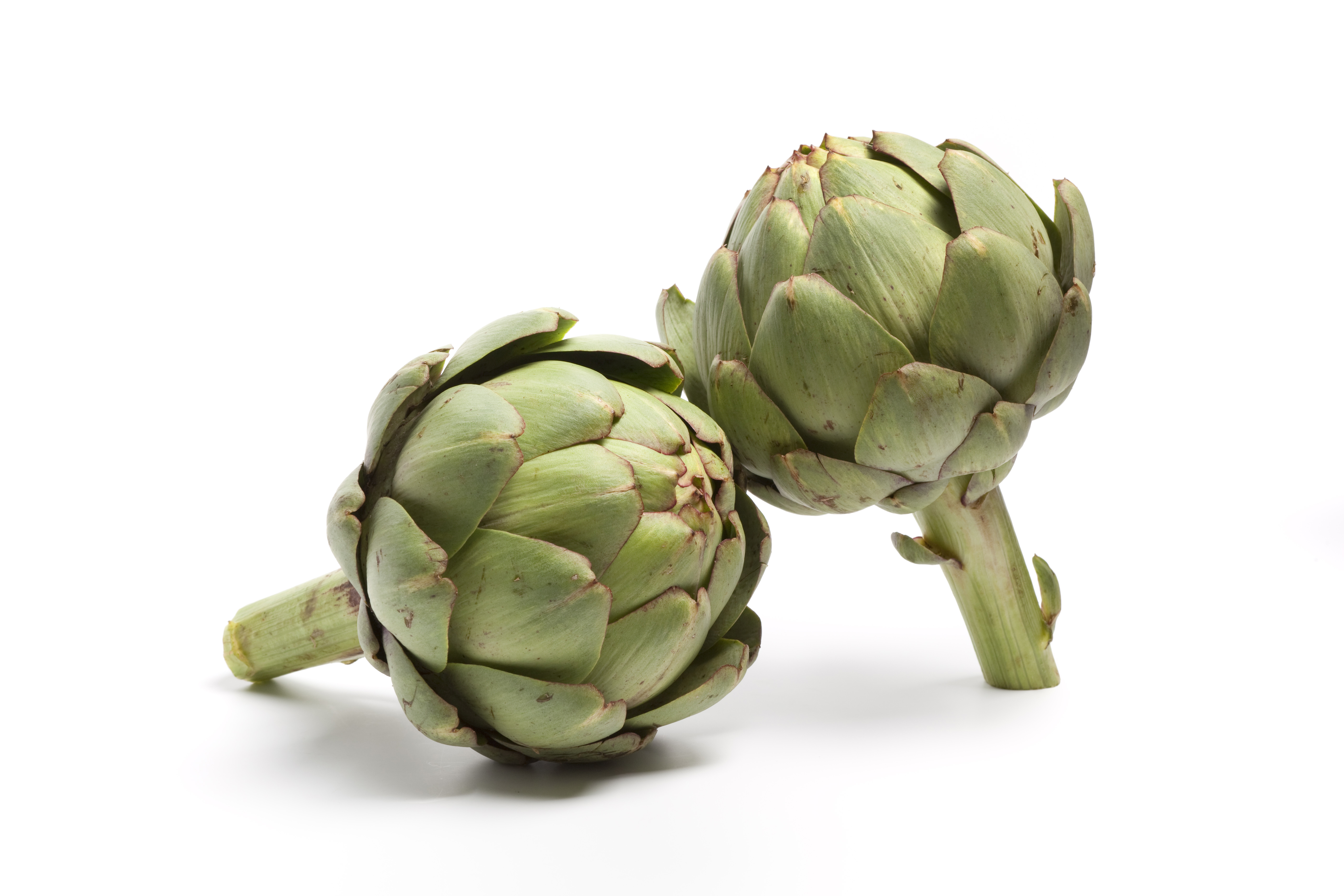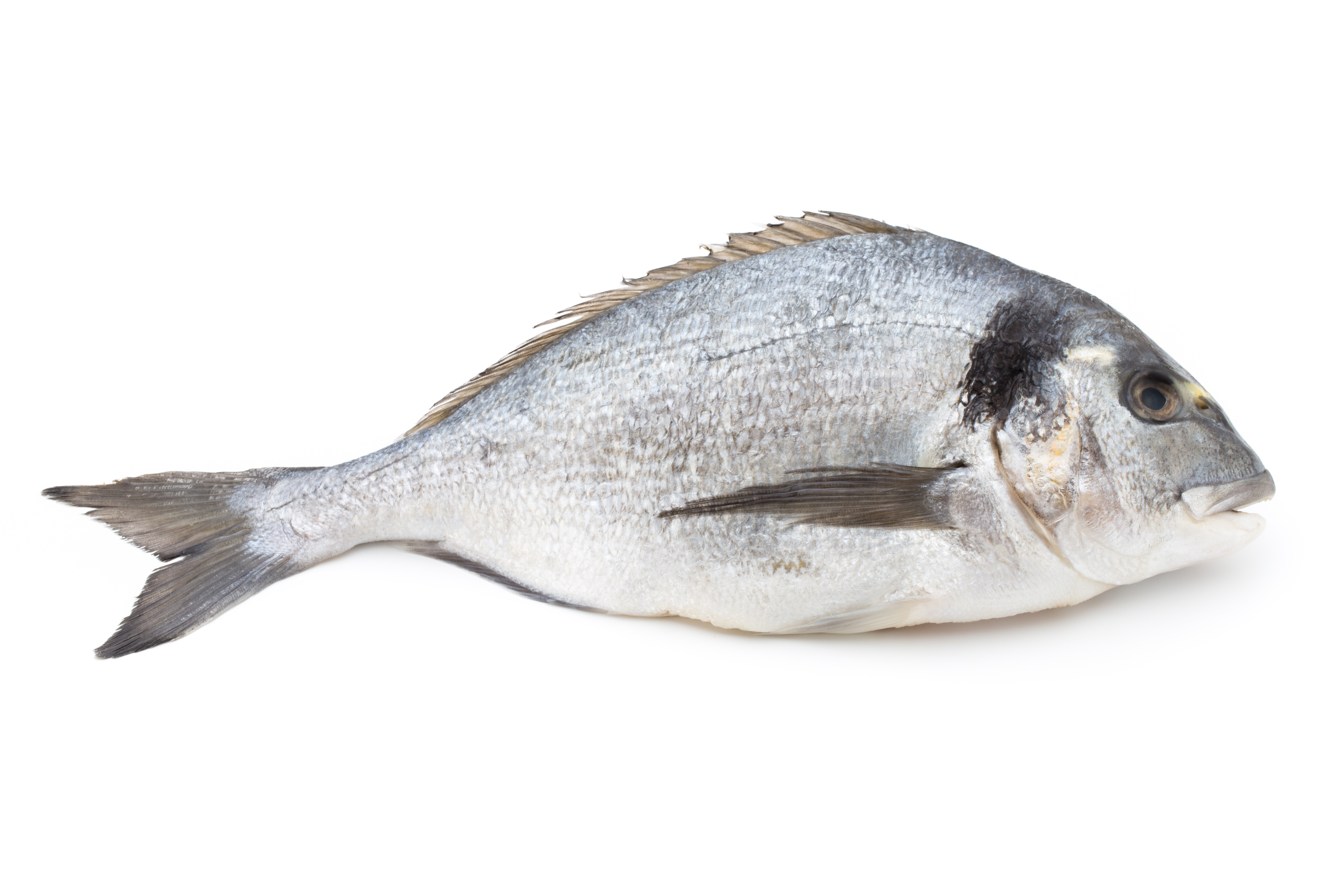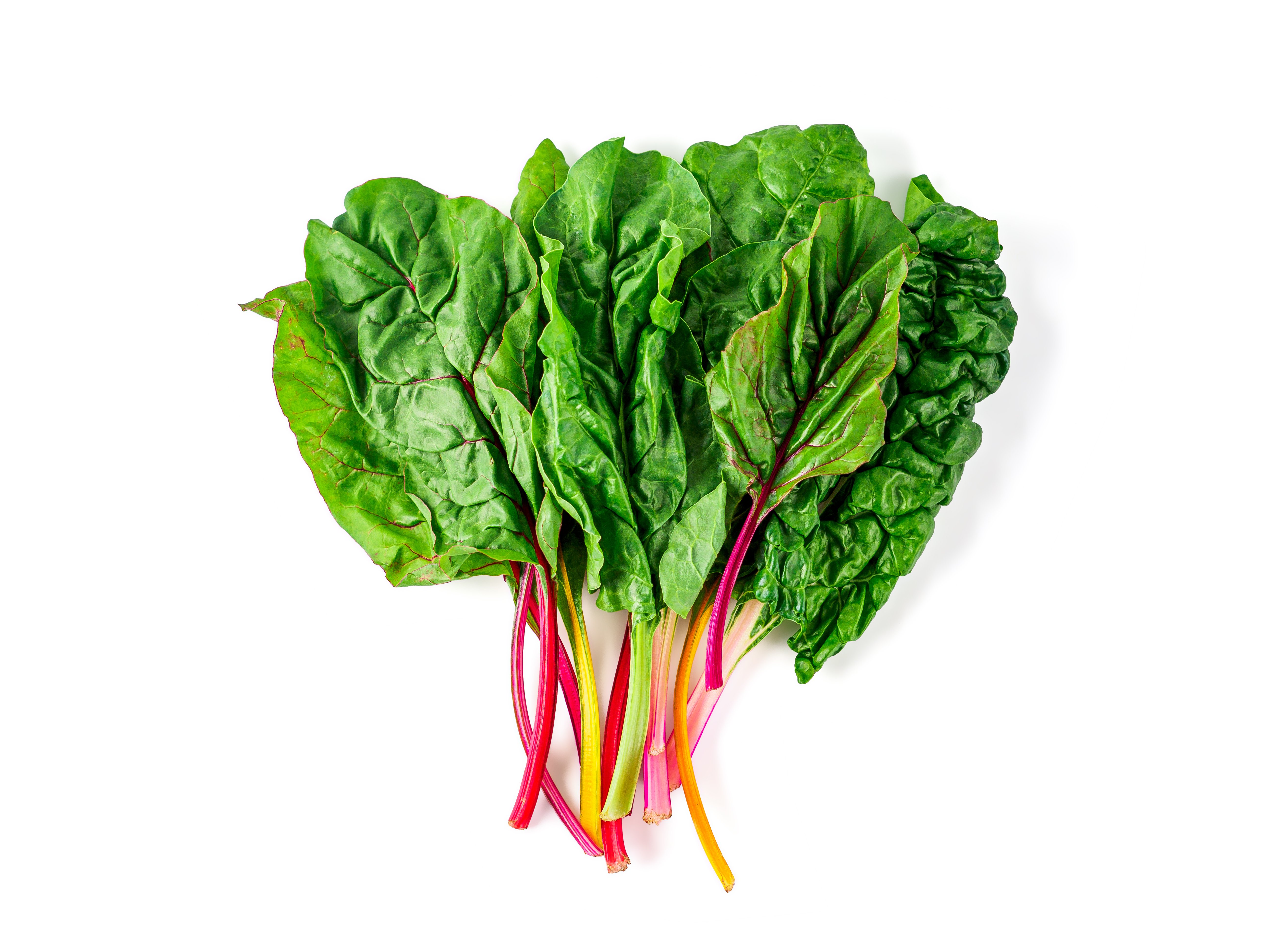Celeriac and salsify
These are healthy local products that consumers tend not to be very familiar with.
What is celeriac?
We’re very used to eating celery stalks and leaves, but here we’re looking to make use of the root of this plant that is native to the Mediterranean basin: celeriac.
It’s almost spherical in shape, and has a taste that’s similar to celery, although in texture it’s more like turnip or carrot. Celeriac is low in calories, and rich in vitamins and minerals. It’s a food that boosts bone health, improves blood pressure, and is an excellent depurative.
Although it tends to be boiled for use in purées, it can also be prepared in other ways. Baked in salt for example, to preserve all its nutritional value and avoid the need to add fats that may alter the flavour.
What is salsify?
Also known as goatsbeard, this is a product that’s native to the Iberian Peninsula, and like celeriac is rich in vitamins and minerals, as well as containing lots of fibre. Similar in appearance to the parsnip, salsify helps prevent the formation of cancer cells, strengthens the immune system, improves the digestion, improves communication between neurons in the brain, and more.
As a little-known product it’s often used in purées, soups and stews, but it can also be cooked in more interesting ways - fried, for example, it has a lovely crunchy texture.
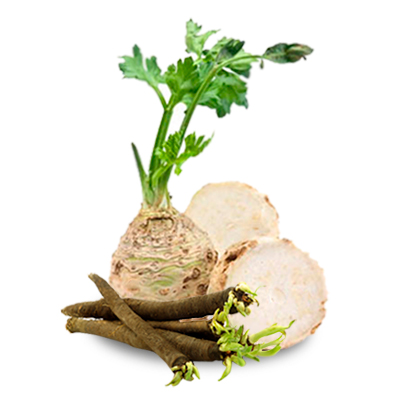
Celeriac
A very aromatic root vegetable that belongs to the celery family, but is much less well known. The best way to serve it is cut into small sticks and served as crudités with a mustard vinaigrette. It can be eaten raw in salads, sliced, baked, steamed or puréed, made into soup or mashed and mixed with potato. The leaves can be used for making stock.
It keeps well stored in a bag in the fridge, and can also be pickled in vinegar or preserved in brine.
Salsify
A highly regarded and versatile root vegetable, but one that is not widely consumed in Catalonia. Salsify can be eaten in stews or purées (with onion, potato, etc.), and can be sautéed, fried or even cooked in breadcrumbs. You can also make salsify crisps, by cutting it into thin slices using a mandoline or a vegetable peeler. Try seasoning well with salt, pepper, turmeric and a good glug of olive oil, and popping it into the oven to bake for 20 minutes at 180º C.
The flowers and leaves are edible too, and can be added raw to salad. Store your salsify in the fridge in a plastic bag. Once peeled and boiled, it can also be preserved in brine.



